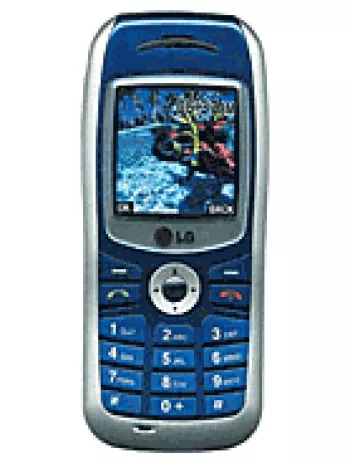
Overview
The LG Vu Plus is a feature phone that was released in June 2010. It was positioned as a mid-range device, offering a mix of standard features and some advanced options for that time. Despite being discontinued, it remains notable for its slide-out QWERTY keyboard and compact design, fitting comfortably within the mid-2010 era of mobile technology.
Network and Connectivity
LG Vu Plus supports GSM and HSPA network technologies, with operational 2G bands—GSM 850/900/1800/1900—and 3G bands—HSDPA 850/1900. It provides HSPA data speeds of up to 7.2/0.384 Mbps. While it does not offer Wi-Fi connectivity, Bluetooth 2.0 with A2DP is available for wireless connections. GPS and A-GPS are supported for navigation services, but there is no radio functionality.
Launch Details
The LG Vu Plus was announced in May 2010 and subsequently released in June of the same year. As a result, it quickly became part of the growing market of feature phones, delivering reliable performance for basic communication needs.
Design and Build
Featuring dimensions of 109.4 x 53.3 x 15.2 mm and weighing 111.9 g, the LG Vu Plus is compact and lightweight. The phone's design incorporates a slide-out QWERTY keyboard, enhancing its usability for text messaging and email. It operates with a Mini-SIM and is available in black color. The build quality aligns with the standards of the time, offering durability and functionality in one package.
Display
The device possesses a 3.0-inch TFT resistive touchscreen with a display resolution of 240 x 400 pixels, offering a pixel density of approximately 155 ppi. The screen's 256K colors provide decent visual performance, suitable for basic phone operations, yet limited by modern standards.
Memory and Storage
The internal storage capacity is limited to 50MB, which requires the use of a microSDHC card for additional space to meet the needs of users who wish to store music, images, or other media. The phonebook feature supports photocalls, and call records are also maintained.
Camera
Equipped with a single 3.15 MP autofocus camera, the LG Vu Plus is capable of simple photography tasks. Video recording is supported, though the quality and additional features are basic. There is no selfie camera, which reflects the technical limitations of its era.
Audio and Sound
The device has a loudspeaker and supports a 3.5mm audio jack, allowing users to connect traditional headphones or external speakers. The sound quality fulfills standard requirements for music listening and call audio.
Communication & Features
Messaging options include SMS, MMS, and email, catering to the primary communication methods of the time. The web browsing experience is provided through a WAP 2.0/xHTML and HTML browser. The phone also supports Java with MIDP 2.0, offering downloadable games, including motion-based titles.
Battery Life
The device is powered by a removable Li-Ion 950 mAh battery, providing up to 288 hours of standby time and up to 3 hours of talk time. Though modest by today's standards, this battery performance was acceptable for a device in its category during its release period.
Miscellaneous
Additional information on the device's radiation levels indicates a SAR value of 0.67 W/kg for the head and 0.75 W/kg for the body. This is within acceptable safety standards. The LG Vu Plus retailed at around 100 EUR, marking it as a budget-friendly option at the time of release.
Conclusion
In summary, the LG Vu Plus served as a practical and economical choice for feature phone users during its time. While it cannot compete with modern smartphones, its slide-out keyboard and compact design attracted users who valued tactile input methods. Though now obsolete, it remains a testament to the transitional period of mobile technology, bridging the gap between basic feature phones and the more advanced smartphones that followed.
Key Features of LG Vu Plus
- Technology: Supports GSM / HSPA
- QWERTY Keyboard for easy typing
- 3.0-inch TFT resistive touchscreen with 256K colors
- Expandable storage with microSDHC card slot
- 3.15 MP main camera with autofocus
- Bluetooth 2.0 with A2DP for wireless connectivity
- GPS and A-GPS for navigation
- 3.5mm headphone jack for audio connectivity
- Affordable pricing, approximately 100 EUR
Disadvantages of LG Vu Plus
- No WLAN support for Wi-Fi connectivity.
- The screen has a low resolution of 240 x 400 pixels.
- TFT resistive touchscreen, which may be less responsive compared to capacitive touchscreens.
- Limited internal memory of just 50MB, requiring reliance on a memory card for storage.
- No front-facing (selfie) camera available.
- No built-in FM radio.
- The phone is relatively heavy at 111.9 g for its features.
- Low battery capacity of 950 mAh, offering limited talk time.
- The device has been discontinued, making support and updates unavailable.
- No advanced sensors included (e.g., accelerometer, proximity sensor).
- 3G technology only with no 4G / LTE support.


View Also
More Phones
All Rights Reserved +14267 Phones © Mobilawy 2025

























